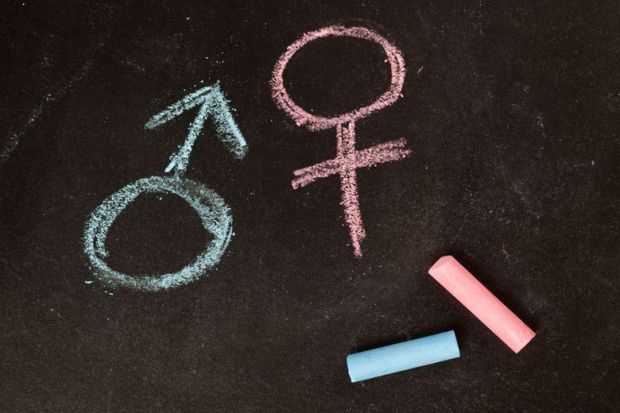Almost a quarter of the professors working in UK higher education are now women, the latest statistics on staff working in the country’s universities have shown.
The share of female professors has been steadily growing in recent years and the latest increase – albeit still a long way from achieving gender parity in the professoriate – may add to hopes that the persistent pay gap between male and female professors could also start to close.
According to the first release of figures on staff numbers for 2016-17 from the Higher Education Statistics Agency, there were 5,050 women on professorial contracts, a 6 per cent rise on the year before and now representing 24.6 per cent of all professors.
This total is also likely to be an underestimate as some professors are counted as being employed in other senior positions such as heads of department.
Across all modes of employment in universities, female members of staff made up 48 per cent of those working full-time and 68 per cent of those working part time. Of all academic staff, 46 per cent were female and 53 per cent male.
Meanwhile, the data also show that there was no noticeable change in the number of staff from other parts of the European Union employed in UK universities in 2016-17, the first complete academic year after the Brexit referendum.
It may still be too early to read too much into the figures – which represent employment on 1 December 2016, just five months after the vote – but it does indicate that there was no sudden decision by lots of EU university staff to leave the UK or fail to take up posts.
There were a total of 49,530 people from other EU countries working in UK universities last year, an increase of 7.1 per cent on the previous year. This was a much higher increase than the 2.2 per cent rise in the total number of staff employed in the sector.
Almost three-quarters of the staff from other parts of the EU (35,920) were employed on academic contracts, a higher proportion than the share of all staff who were on academic contracts (49 per cent).
Those from other EU countries made up 18 per cent of the total academic workforce, while the share of academics with non-EU nationalities was 13 per cent. Both these proportions increased by 1 percentage point compared with 2015-16.
Among administrative and service staff, just 6 per cent were from other EU countries and 4 per cent had a non-EU nationality. These proportions were the same as the year before.
Find out more about THE DataPoints
THE DataPoints is designed with the forward-looking and growth-minded institution in view
Register to continue
Why register?
- Registration is free and only takes a moment
- Once registered, you can read 3 articles a month
- Sign up for our newsletter
Subscribe
Or subscribe for unlimited access to:
- Unlimited access to news, views, insights & reviews
- Digital editions
- Digital access to THE’s university and college rankings analysis
Already registered or a current subscriber? Login




